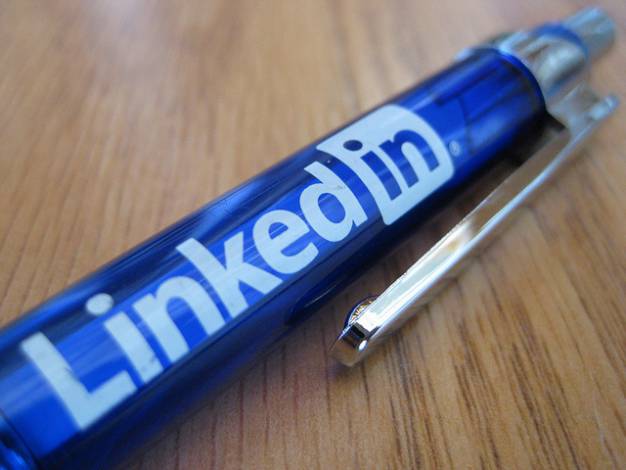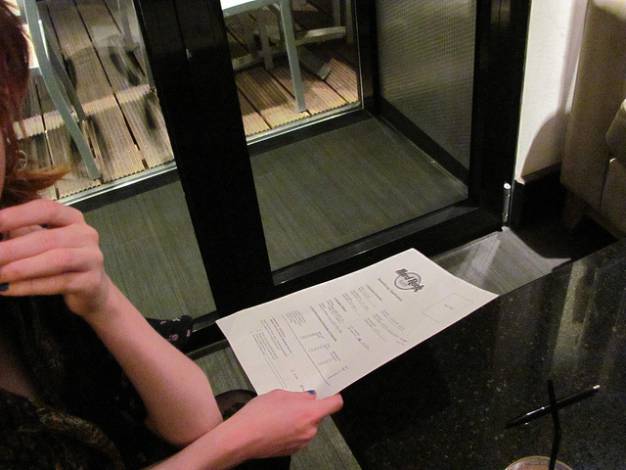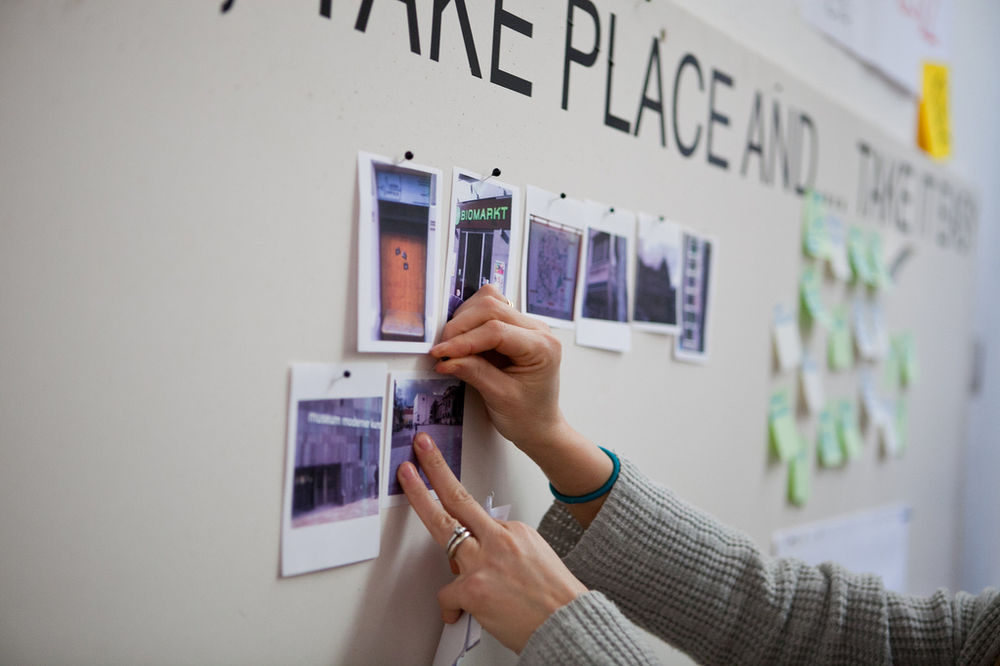Businesses are still stuck in the idea that UX is about the products and services they offer their customers. They are yet to grasp the idea that UX can be applied to all services within a business. A UX focused of review of recruitment or accounting (or whatever) can quickly improve the way that a business function, which will never (or rarely) interact with an external customer, delivers the service to the internal customer.
With that in mind, we thought we’d look at one of the most contentious areas of business services – recruitment - with a UX focused eye.
Know What You’re Looking For
When you advertise for a “UX Designer” try and be specific about the responsibilities and work required from the position. UX design is a big field. Someone who currently works in a UX team as an interaction designer may well not be looking for a move where the principle focus is going to be information architecture and vice-versa.
If your internal recruiter doesn’t understand what’s needed, they need to talk to the hiring manager. You won’t get the best professional for the job unless you ask for that professional. The best of the best have better things to do with their time than try to psychically puzzle out your needs from a job advert.
Reach Out Directly To People You Think Will Be a Good Fit
So much of recruitment is passive. You place an ad. You wait for responses. Maybe you call an agency. Then you wait for their responses. This seems kind of 1960s to us. Today, there’s a wealth of information about possible candidates online.
A quick LinkedIn search on your area will give you dozens of potential candidates. A little more research on active LinkedIn groups can tell you a lot about how a candidate thinks and works.
There are several benefits to this and it’s not just that you won’t have to pay an agent at the end of the process. First, it cuts down on reactive processes – you can delve deeper into someone’s skills than you can through a CV. Second, UX designers often prefer direct recruitment to agency recruitment as they believe (probably quite rightly) that if you find two equal candidates that the one that went direct gets the job because it saves you on agency fees.

Author/Copyright holder: Sheila Scarborough. Copyright terms and licence: CC BY 2.0
Sort Out Your Application Forms
The biggest bug bear on earth is the HR mandated application form. Sure, it makes your job easier having everything in the same format. But it’s a total PITA for applicants who now have to rewrite their entire CV for your stupid format (and yes, your format is stupid). This is in an age where all of us can enter our data into LinkedIn once and then share that data quickly and easily.
That form might seem like a good idea but all it is is a barrier to candidates. Many years ago, I was sent a form from a company asking me to apply for a role. I took one look at it and said; “no thanks”. They phoned me a month later. They desperately needed to fill the position and thought my CV was excellent. They asked why I hadn’t filled in the form… I explained that all the information was on my CV. I felt that I was wasting my time copying out my CV for a job that while interesting, I wasn’t the perfect fit for.
They thought about it and decided the form could wait and asked me to come to interview. They hired me on the spot. Then I filled in the form for their records. If they hadn’t been in urgent need to fill the position – I probably wouldn’t have been considered for the role at all. They would have missed out on the best candidate because their process was too annoying for me.
Fixing this part of your hiring process is likely to bring far more applications from talented people than you realize.

Author/Copyright holder: Milan B. Copyright terms and licence: CC BY-SA 2.0
Sort Out Your Application Process
Stop being rude. If someone applies for a job, let them know if they haven’t been successful. Let them know you’ve received their application form. And so on…
It’s quite incredible when this is so easy to automate, how few companies can manage to do it. Why would the best candidates choose to work for a company that values interactions with prospective employees so little?
Better still use one of the many automated HR tools out there to make the whole process transparent. Candidates should be able to log on and see the process of their application. That doesn’t mean that they’re entitled to feedback on your decision making process. It just means that they should know where they stand. A polite “thanks for your time” wouldn’t go amiss either.
Speed Up Your Recruitment Process
Years ago, I applied for a job and got the interview. Four months later I received the offer letter. It won’t come as a surprise to learn that I’d taken another job by then. This was an exceptionally long hiring process but in my experience nearly all hiring processes take too long.
You do not need 3 months to collect applications. You definitely don’t need a month to review them. You don’t need another month to go through the first interview results (or indeed any interview results). And so on…
Make the process streamlined. When you have suitable candidates get started with the process. Don’t leave weeks between each stage hoping that someone better will come along. The user experience of waiting around forever is not a good one. It also means the best talent is far more likely to have taken an opportunity elsewhere.

Author/Copyright holder: Elvin. Copyright terms and licence: CC BY-NC 2.0
Summary
User experience is a growing discipline. One of the key challenges in the future is for UX to be deployed internally as well as externally. A UX review of your recruitment process could be the best place to start. Then you’ll have the best UX talent to help you move your business forward.
Header Image: Author/Copyright Holder: Penn State. Copyright terms and licence: CC BY-NC 2.0












